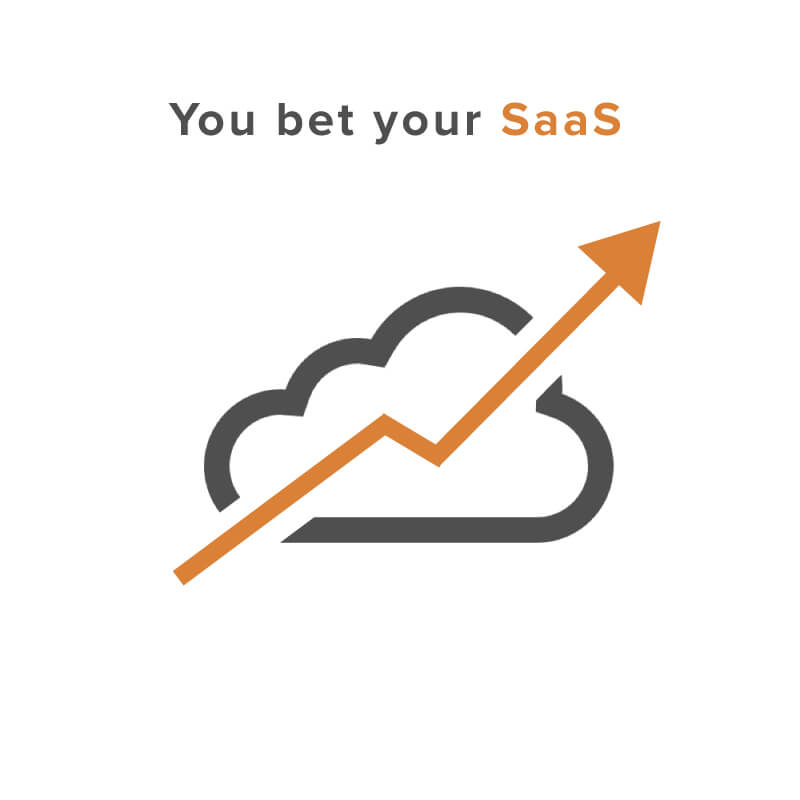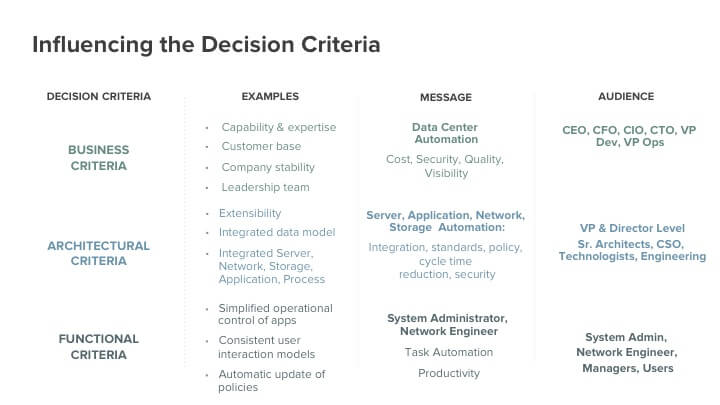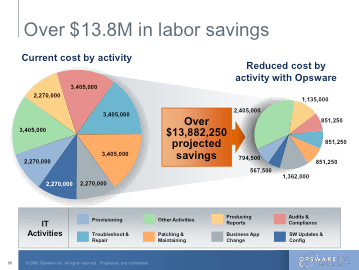BY MARK CRANNEY
One of the myths of SaaS is that the products are so good, so easy to use, so quick to deploy … that the product sells itself. Given the popularity of try-before-you-buy and freemium-to-premium models for software as a service, it’s easy to see where that myth comes from.
But as many startups discover to their horror — after they “land” users and try to “expand” to more departments in a large company or government agency — this is far from the truth. Even with early viral growth, SaaS products don’t sell themselves. Strong enterprise sales is critical to capturing market share.
Because selling an enterprise-wide deal is a lot like getting a bill passed in Congress.
Decision-making in large organizations is a long, tortuous process due to legacy technology deployments, internal politics, entrenched homegrown solutions, sunk cost of integrations, account control by incumbent vendors, and the sheer size and scale involved. In many ways, the purpose of enterprise sales is about helping customers get through their own internal buying processes. Even the best and most popular product can’t make a typical enterprise buyer change the way it does procurement.
And just because a SaaS company has landed a Fortune 500/Global 2000 client doesn’t mean it will keep that sliver of business, let alone upsell, cross sell, or sell across more divisions that can span multiple geographies. Doing that may require building an outside sales team (in-territory salespeople on the ground) in addition to the inside organization. It’s precisely when the product seems to be selling itself that building out this sales team and process is critical: Stopping or stalling at that point could expose the company to the competition and lose it the race to be #1 in its category.
What sales is really about
Some people think the sales force’s job is to communicate value to customers. To these people, sales is about buying a bunch of search ad words or mouthpiecing a company’s message.
They’re wrong.
The true purpose of sales is to create new value for customers. Especially for a startup or growth company that’s addressing a new market or trying to solve a complex problem. That’s why enterprise/SaaS sales requires a well-developed process and guidelines. Though some of the advice I share here draws on my experience at Opsware — where we were selling datacenter automation before there was such a thing — the principles remain the same even though the domains have changed. And whether SaaS entrepreneurs like to admit it or not, the new enterprise customer is a lot like the old enterprise customer.
Still, this kind of selling does require a different mindset. When I was at Opsware, sales reps would come back to me and say, “Look, there’s no budget for data center automation at XYZ company.” And I’d say, “Well, I’m going to give you one chance, because you obviously missed it in training, and if you ever come back and tell me that again, you’re not going to be working here.”
Because of course there was no budget for data center automation back then — the market hadn’t been established yet. Our job was to go out there and show customers a different but better way of doing business.
Then I’d show the sales reps a long list of initiatives they needed to look for in companies, which is where the missing budget for datacenter automation could be found. Instead of competing with other products for the same budget, our product would be competing at the highest strategy level. That’s true enterprise selling.
The three things every enterprise customer wants to know
Even though the enterprise sales process has many steps and stages, it ultimately has to answer three questions for the customer: why buy, why you, why now.
#1 “Why should I do anything?”
The easiest way to help a potential customer answer this question is to identify their important initiatives.
Every large company has strategic business initiatives that are always going to be funded and that are driving its IT investments. Once the sales and marketing teams have uncovered these initiatives (as well as the critical capabilities that need to be in place for the initiative to be successful), they can begin to define the unique value proposition.
The key here is to seek first to understand and then to be understood. The problem with telling a potential customer what you think they need before you understand what they think they need is:
…You’re basing your position on a known set of requirements from a broad base of companies instead of unknown specific opportunities.
…It positions you as more of a commodity or just a vendor — as opposed to a partner that can help transform the way they conduct their business.
#2 “Why your solution (vs. your competitors’)?”
No one knows more about your solution than you do, so you should be the one helpfully consulting with your target customer to craft what success looks like.
By doing this, you’re more likely to win the criteria-setting battle, because you’re essentially pre-positioning and differentiating your enterprise/SaaS product over that of competitors’. This helps block the competition and set traps that they have to compete on as you both step through technical validation.
The sales team’s job here, therefore, is to help a potential customer define success in three distinct buckets: (1) business criteria; (2) architecture/scale criteria; and (3) feature and functional criteria.
This is also the best time to prepare messaging, metrics, and marketing to address three audiences: (1) enterprise-level (C-suite, senior vice presidents); (2) workgroup-level (VP’s, directors, managers); and (3) user-level (groups of individual contributors and their direct managers). Since most startups — and big companies for that matter — spend most their messaging effort on the level 1 or 3 audiences, forcing your company to constantly see its prospects and customers through this three-level lens will be crucial to your company’s win/loss ratio.
Here’s how it all comes together:
At this point of the sales cycle, there are many sub-processes and activities that have to be quarterbacked by the sales rep, sales engineering, and sales management. The salesperson’s ability to coordinate and drive the right resource, action, or message — at the right level and at the right time — will determine overall success or failure.
This is key because your biggest competition isn’t just other startups, perpetually licensed on-premise packages, homegrown solutions, or incumbent vendors. It’s inertia. Enterprise/SaaS salespeople find themselves in a constant battle against the target company’s urge to do nothing.
#3 “Why now (vs. investing in another area of our business)?”
Once you’ve eliminated the competition and are on the path to technical validation, you have to turn the value proposition into a quantifiable business case.
The advantage of this kind of “ROI diagnostic” as selling tool is that it:
…Aligns and maps your product’s capabilities, operational benefits, and financial value with the company’s key strategic initiatives. This helps your enterprise-wide proposal compete for capital with all the other proposed initiatives, programs, and projects.
…Improves visibility into the current operations environment, by providing a snapshot of operational inefficiencies and challenges. Besides showing the company you get what matters to them, this approach helps insulate you from pricing pressure.
…Ensures that the plan for implementing your solution delivers on the most important business objectives first, which in turn ensures a shorter time to value.
* * *
SaaS is a winner-take-all market involving a “land-and-expand” sales strategy. However, landing doesn’t necessarily mean expanding and winning.
Staffing your startup with customer-facing resources — professional services, customer support, etc. — at this stage is an investment that will pay off not only in expanding your footprint inside that account, but in building the most powerful sales tool there is: a good reference. And while new clients are great, the best place to sell something is where you’ve already sold something.
So it’s crucial that you turn that early customer into an unassailable external reference and internal advocate. Because good products don’t sell themselves. But your champions can help sell them for you.







